Hue royal cuisine is considered the pinnacle of Vietnamese culinary art, reaching its brilliance and sophistication during the Nguyen Dynasty, the country's last feudal dynasty.
Not simply dishes prepared to serve kings and royalty, royal cuisine also carries a profound philosophy of life, expressing the harmony between humans, nature and the universe, while reflecting the aesthetic standards and ideology of the ancients.
1. History of formation and development
When discussing the origin of Hue royal cuisine, we will see that this culinary culture is influenced by many streams of many different communities during the period of land opening and reclamation. It is the inheritance of Northern cuisine from the Ly Dynasty in 1069, the Le Dynasty in 1306 and the special point is that from 1558, Lord Nguyen and his entourage came to guard Thuan Hoa. From then on, Hue cuisine supplemented the ways of preparing dishes of the southern people during the Gia Long Dynasty. The dishes in Hue royal cuisine are also richer because of the unique and distinctive features of ancient Champa cuisine.
The dishes in Hue were all presented to the king by the envoys after their diplomatic missions. The special dishes would be added to the list and passed down to the next generation. Thanks to that, the Hue royal dishes were extremely diverse and rich.
Hue royal cuisine was born to serve the nutritional and medical needs of kings and queens - people who needed careful health care.
Not only that, royal cuisine is also a symbol affirming the majesty, nobility and clear difference between the royal family and common people.
In addition, each dish in the royal palace also bears a subtle artistic mark, reflecting the unique cultural depth of the capital, which is famous for its sophistication, aesthetics and richness in all aspects of life.
2. Outstanding features of Hue royal cuisine
There are many rules, regulations and rituals set forth in royal cuisine, from the selection of ingredients, the way of preparing dishes, the way of arranging the dining table, serving to the type of dishes...
Sophistication and sophistication in processing
The outstanding feature of Hue royal cuisine lies in the sophistication and delicacy in each stage of preparation. This is a type of cuisine that does not accept carelessness or sloppiness, but instead requires concentration and attention to every detail. Royal dishes often go through meticulous stages such as:
- Selecting special ingredients: The ingredients used must be fresh and rare, including abalone, shark fin, bird's nest, peacock spring rolls, and phoenix rolls, bringing uniqueness and luxury to the dish.
- Meticulous processing: The processing not only requires sophistication but also must ensure aesthetics. From cutting ingredients, adjusting spices to shaping the dish, every step is carried out to create works that are not only delicious but also beautiful like real works of art.
- Nutritional value: Not simply a dish, each dish is also considered a medicine according to the principle of yin-yang-five elements in traditional medicine. This not only helps to improve health but also contributes to prolonging life, clearly demonstrating the role of cuisine in comprehensive health care.
The fusion of art and aesthetics
The dishes are not only prepared to please the taste buds but also have the beauty of a work of art, where everything from ingredients, colors to presentation is meticulously cared for.
Colors in royal cuisine are often skillfully coordinated according to each season and the principle of the five elements (metal-wood-water-fire-earth) to create a harmonious balance both visually and in terms of feng shui meaning.
Not only the taste, the presentation of Hue royal dishes is also elevated to an art form. The smallest details such as carved fruits or the presentation of dishes in high-class items such as jade cups and porcelain plates painted with dragons and phoenixes all contribute to highlighting the luxurious beauty.
Accompanying it are sophisticated dining utensils such as ivory cups, jade chopsticks, and inlaid copper trays, demonstrating nobility and royal class.
Elegant, refined taste
Hue royal cuisine has a gentle style, clearly different from the richness often found in folk dishes. This place favors elegant flavors, emphasizing purity with less oil, not too sweet or too salty. Each dish exudes lightness but contains depth, reflecting the culture and lifestyle of the gentlemen and intellectual classes in society.
Rules and etiquette
The unique features of Hue royal cuisine show sophistication and meticulousness in every detail. The preparation of food to be offered to the king requires strict adherence to rituals, from the order of dishes, serving time, to the perfect arrangement of the tray. Sometimes, the tray of food must be prepared from dawn to be offered at the auspicious time according to the zodiac.
The dishes at the party are usually divided into three main groups: Appetizers (including light savory dishes such as salads and spring rolls), Main courses (meat, fish, soup), and Desserts (sweet soups, cakes, and rare fruits).
3. Some typical dishes in Hue royal cuisine
Hue royal cuisine is famous for the sophistication and sophistication in each dish, reflecting the culture and history of the Nguyen Dynasty. Some typical dishes below are symbols of the luxury and uniqueness of the culinary art here:
Peacock spring rolls, phoenix rolls
Peacock spring rolls and phoenix rolls are two dishes that represent the power and nobility in royal culinary culture. In ancient times, the images of peacocks and phoenixes were only associated with royal spaces, symbolizing luxury.
Nowadays, although the ingredients have been replaced with chicken and pork to suit modern conditions, the elaborate spirit and beauty in the decoration are still maintained, recreating a unique flavor of Hue royal cuisine. Royal cakes
The royal cakes are an attractive highlight. Cakes such as Phuc Linh cake, Ngu Sac cake, Phu The cake are not only attractive in taste but also impress with their elaborate and beautiful appearance.
Five-color cakes symbolize the five elements (metal, wood, water, fire, earth), or fu ling cakes with dragon and phoenix motifs evoke majesty and luxury. These types of cakes often appear in important royal ceremonies, associated with symbolism and traditional values.
(Photo: Tuong Vi/VNA)
Imperial rice
Hue royal cuisine is famous for its sophistication, sophistication and profound traditional cultural beauty, the most typical of which are the special dishes associated with the royal meal tray, also known as the king's meal. This is a type of cuisine that is extremely elaborately prepared, often including many different dishes, each dish is presented in blue-glazed porcelain bowls and plates, a typical material of the Hue royal style.
Royal rice is not just a meal but also carries the philosophy of frugality and quintessence in each dish.
Dishes in the meal often include steamed fish in lotus leaves - a dish that both retains the natural flavor of the ingredients and has a slight scent of lotus leaves; sour shrimp - a specialty with a harmonious sweet and sour taste; fresh vegetables served with standard shrimp paste; lotus soup - a refreshing soup made from fragrant lotus seeds; and braised pork - a traditional dish rich in flavor and nutrients.
Each dish in the royal meal clearly shows its elegance through careful preparation and attention to presentation. This fully reflects the cultural, aesthetic and culinary quintessence of Hue royal cuisine. All blend together to become a unique culinary experience, both familiar and noble, showing care and honoring traditional beauty.
Bird's nest
Bird's nest has long been considered a precious and luxurious ingredient. During the feudal period, bird's nest was often used to prepare exquisite dishes, offered to the king during solemn banquets of the royal court. This ingredient can be processed into many attractive dishes such as bird's nest, bird's nest stewed with pigeon meat or bird's nest sweet soup, bringing unique flavors and special nutrition.
Tea
One of the unique features of Hue royal cuisine is the richness, diversity and sophistication in each dish, of which chè is a prominent example, expressing a frugal yet artistic style.
Hue Royal Sweet Soup is not just a dessert, but also a symbol of culinary art, elevated with more than 36 different types, each with its own unique look and a place to preserve special stories associated with royal culture.
Among the famous teas, lotus seed longan tea is highly appreciated for its perfect combination of the sweet taste of longan and the delicate aroma of lotus seeds, bringing a feeling of lightness and relaxation. Royal bean tea stands out with its elegance and nutrition, carefully processed to preserve the richness and eye-catching color of the beans.
In particular, tapioca dumplings wrapped in roasted pork are a unique creation, blending the softness of the tapioca dumpling skin and the savory filling from roasted pork, creating an interesting yet harmonious contrast in each piece.
Not simply dishes to enjoy, each type of sweet soup in Hue royal cuisine carries the shadow of traditional stories, historical marks of the ancient dynasty. Each time enjoying sweet soup is not only to feel the delicious taste but also a journey to discover the deep culture of the royal court.
Currently, many restaurants, hotels and tourism programs in Hue have recreated the royal banquet to introduce to domestic and foreign tourists. This is an important step to promote the quintessence of royal cuisine to the world; combine tourism-culture-cuisine, enhance the value of Hue tourism; preserve national identity in the face of globalization./.
(Vietnam+)
Source: https://www.vietnamplus.vn/am-thuc-cung-dinh-hue-tinh-hoa-van-hoa-viet-trong-tung-mon-an-post1050563.vnp


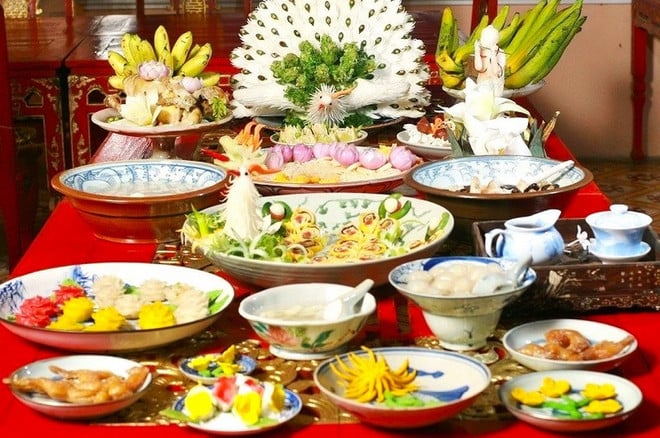
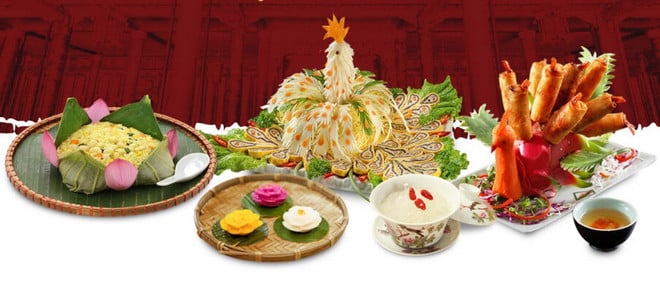
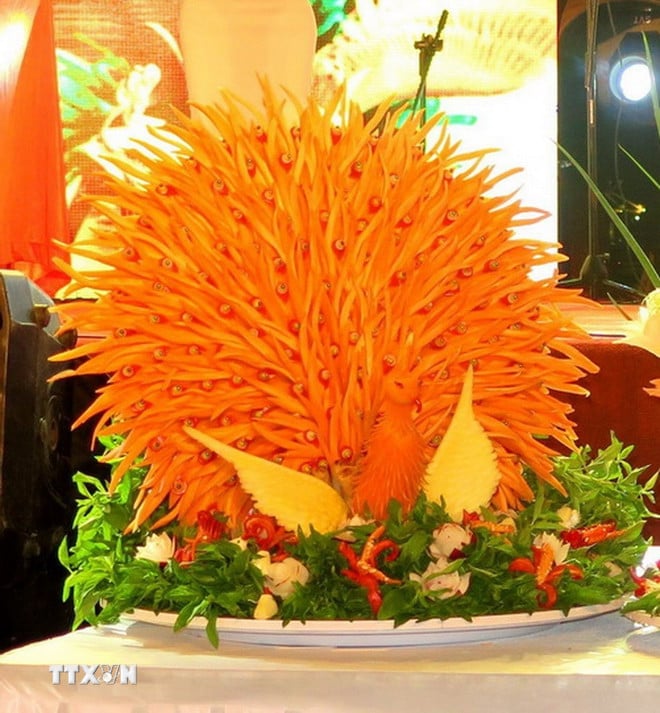
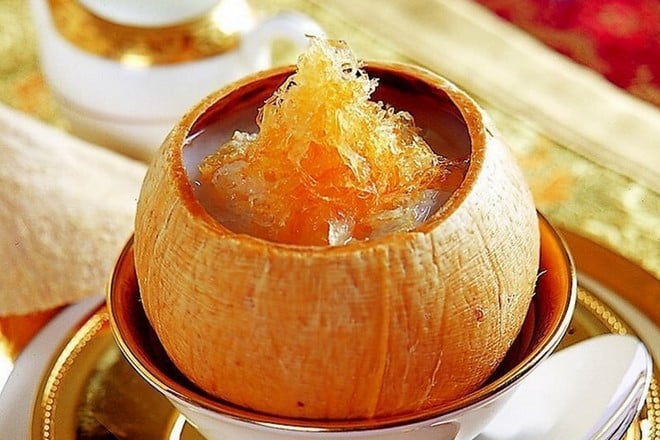
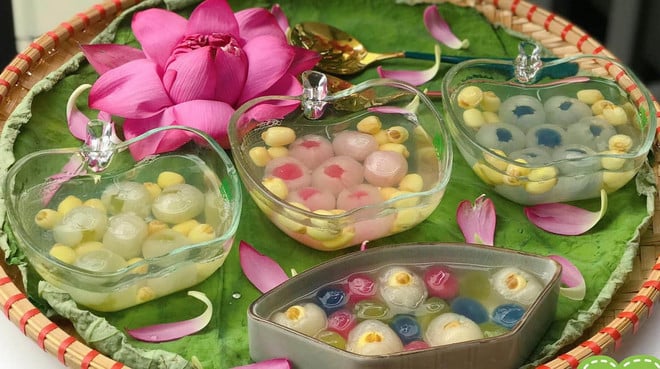

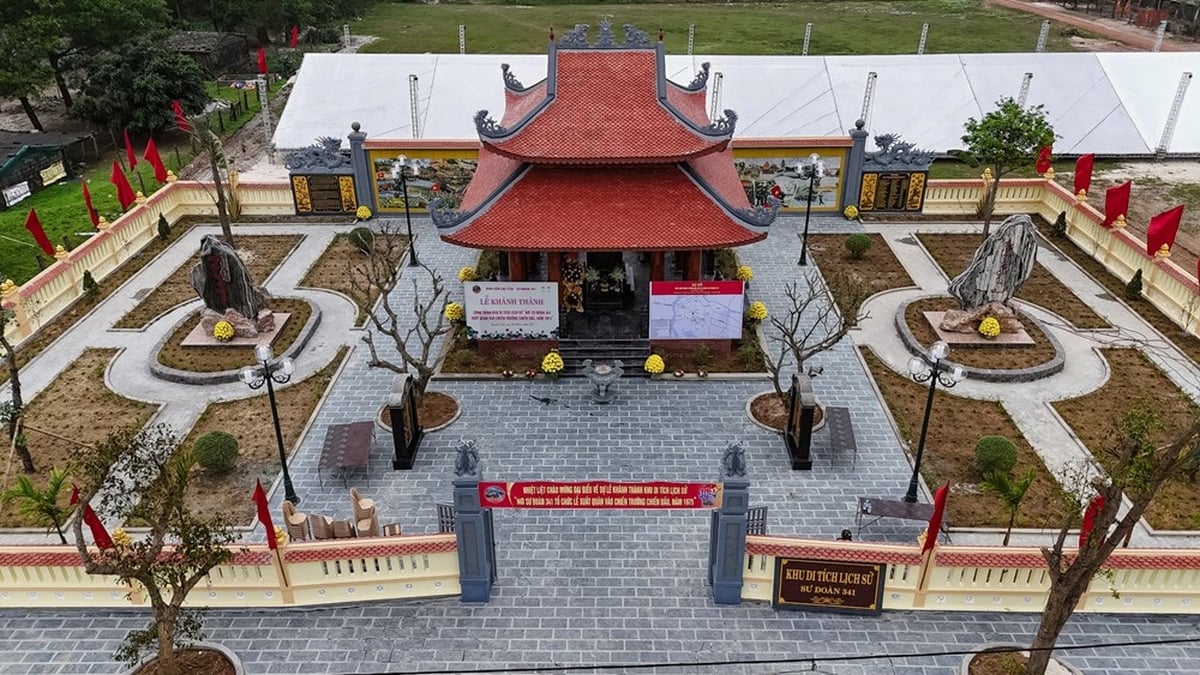


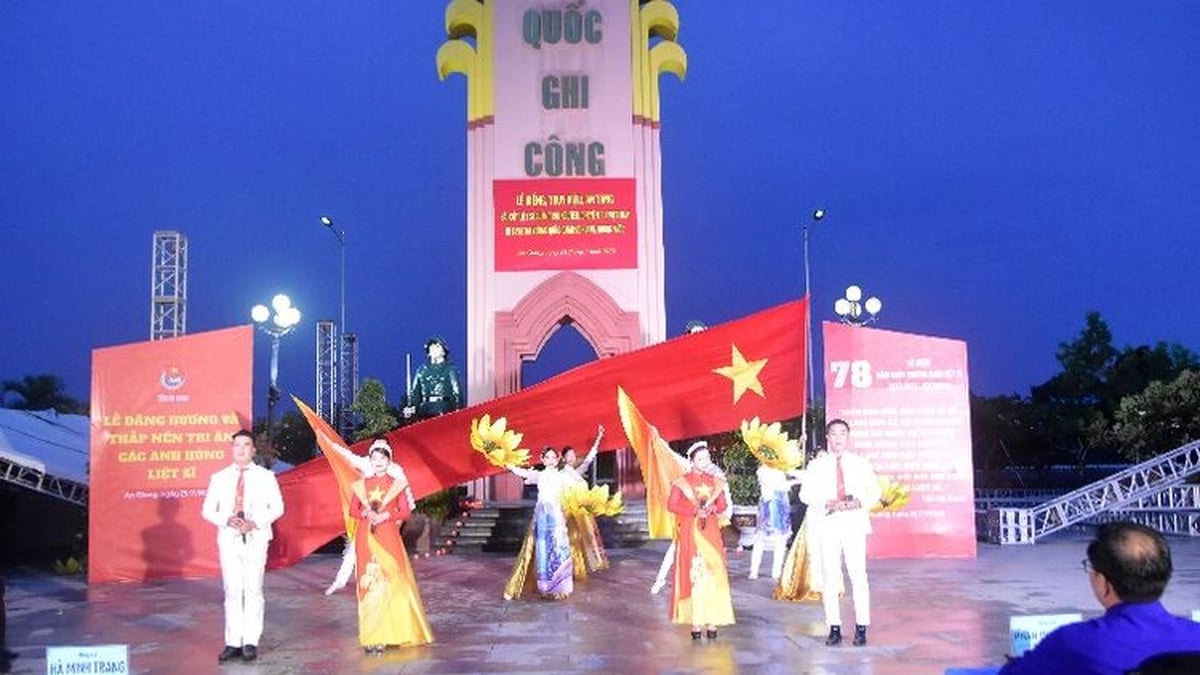
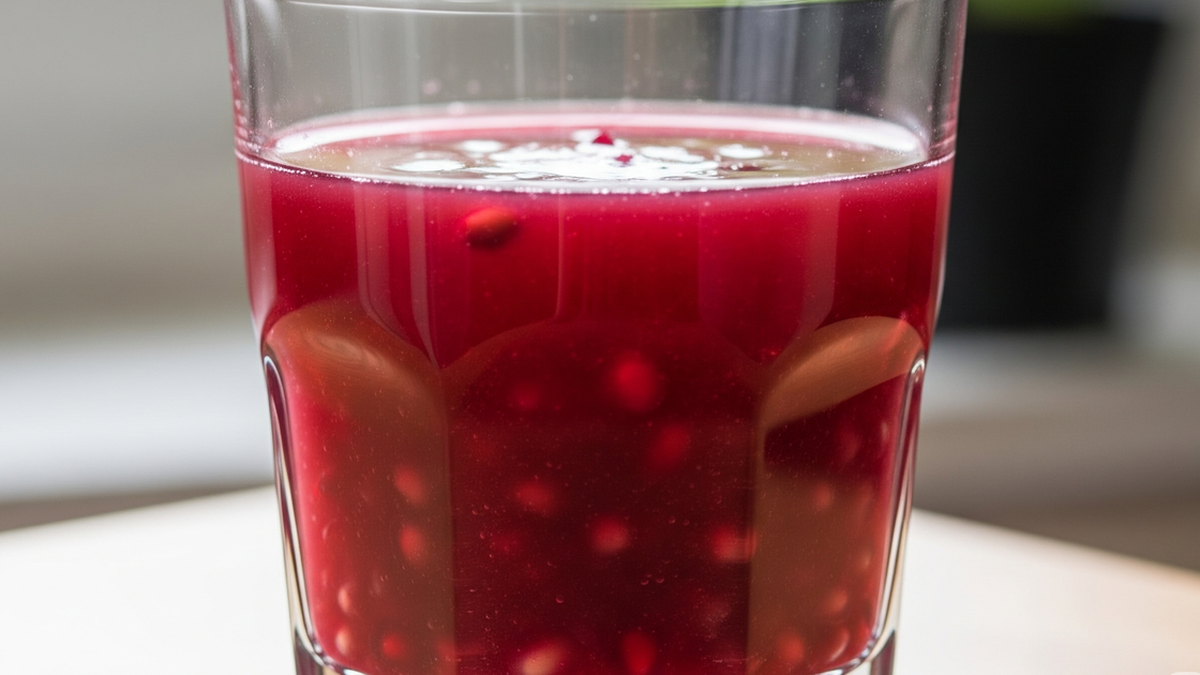


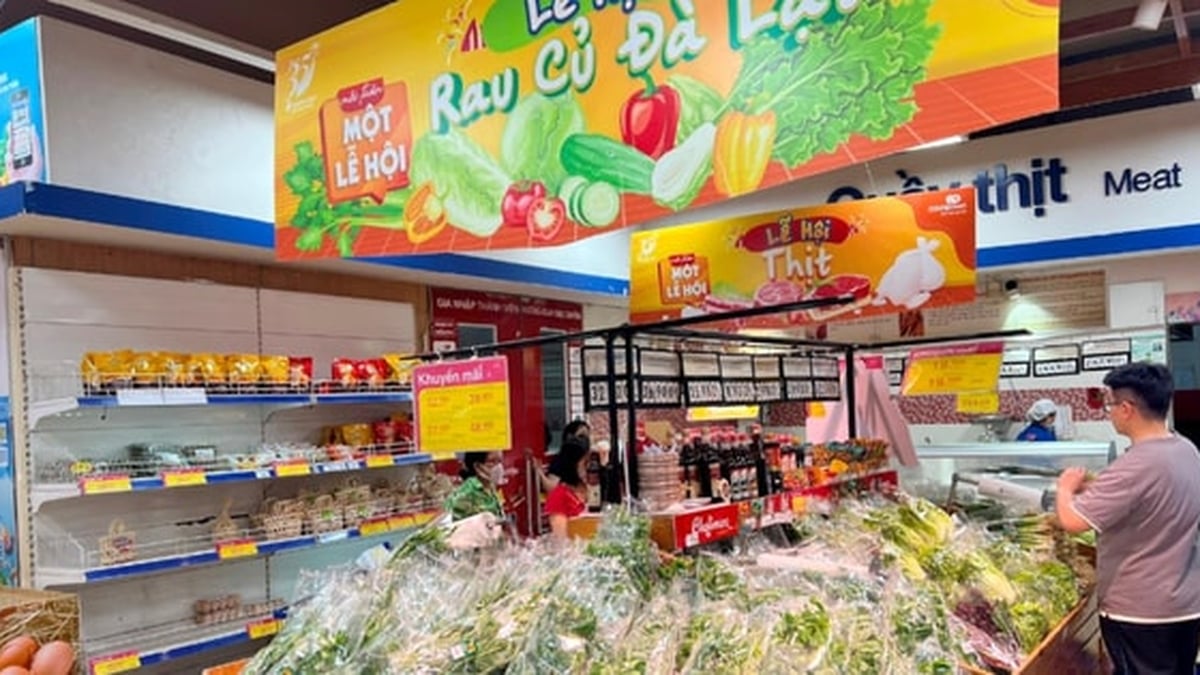


















![[Photo] National Assembly Chairman Tran Thanh Man visits Vietnamese Heroic Mother Ta Thi Tran](https://vphoto.vietnam.vn/thumb/1200x675/vietnam/resource/IMAGE/2025/7/20/765c0bd057dd44ad83ab89fe0255b783)







































































Comment (0)